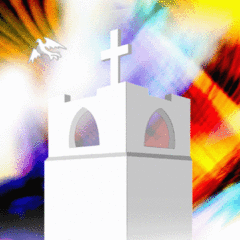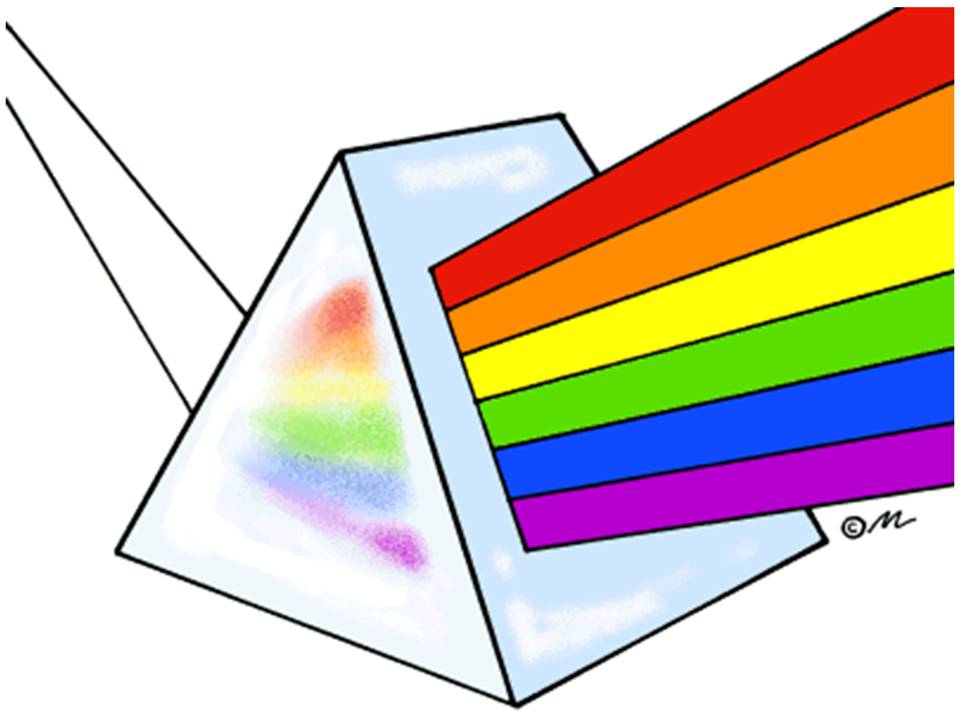As our Foothills community leaves behind the annual “May gray” and “June gloom” season of overcast mornings with occasional small weather systems coming through, we are now entering the bone-dry season of July through September/October. And although we can sometimes forget we live in an arid climate because of all the irrigated landscaping we enjoy, the simple truth is that we live where the desert meets the sea. Therefore, large-scale desalination (making fresh water from salt water), using a combination of low-carbon energy sources (wind, solar, natural gas, geothermal, nuclear and hydroelectric), along with increased large-scale water storage, are clear and present necessities for the sustained wellbeing of Southern California.
However, the arid climate of our part of the country and the 3+ months of dry season we’re entering are powerful reminders of the preciousness of water and its sacredness when connected to God’s Word for the baptismal covenant that God makes with us in Holy Baptism. For indeed, water is sacred both because it’s the most basic molecular element for physical life and because it’s the most basic sacramental element for incorporating us into God’s New Covenant established through Jesus Christ our Lord. In fact, the New Testament of the Holy Bible is clear about the sacramental and covenantal use of water according to God’s Word…
Do you not know that all of us who have been baptized into Christ Jesus were baptized into his death? Therefore we have been buried with him by baptism into death, so that, just as Christ was raised from the dead by the glory of the Father, so we too might walk in newness of life.
ROMANS 6:3-4
But when the goodness and loving kindness of God our Savior appeared, he saved us, not because of any works of righteousness that we had done, but according to his mercy, through the bathing water [mikvah] of rebirth and renewal by the Holy Spirit. This Spirit he poured out on us richly through Jesus Christ our Savior, so that, having been justified by his grace, we might become heirs according to the hope of eternal life. This saying is sure.
TITUS 3:4-8a
Go therefore and make disciples of all nations, baptizing them in the name of the Father and of the Son and of the Holy Spirit, and teaching them to obey everything that I have commanded you. And remember, I am with you always, to the end of the age.
MATTHEW 28:19-20
While some Christian traditions teach that Holy Baptism is exclusively for adult believers, not for young children or infants, Lutheran Christians understand the Bible as presenting the Sacrament of Baptism as inclusive of people at every stage of life. For Lutherans, we acknowledge that the early Church of Jesus Christ baptized both adults and entire households, including young children and infants. And we know this from the baptisms of whole households in the biblical Book of Acts as well as from the earliest of Christian Church writings from the First Century AD. Moreover, we Lutheran Christians also see the Holy Bible as presenting a covenantal understanding of Holy Baptism that’s similar to but exceeds the covenant of circumcision in the Old Testament.
Just as the Old Testament sign and seal of the Hebraic Covenant is physical circumcision — and afterward the circumcised Jewish male is expected to respond to and affirm this covenant of God in his adult life — so likewise Holy Baptism is the New Testament sign and seal of God’s New Covenant in Christ that we (both male and female) are to respond to and affirm for ourselves in our adulthood by the power of the Holy Spirit. Therefore, this covenantal theology of the Lutheran branch of the Christian Faith differs from Christian traditions which teach that Holy Baptism is merely symbolic.
Thanks be to God for our new birth into a living hope through God’s baptismal covenant with us! Baptized into Jesus Christ and his Church, the resurrection life of Jesus becomes our resurrection life. And as often as we affirm and abide in this baptismal grace through faith, we are “born again from above” (John 3:3-8) with a spiritual “circumcision of the heart” (Romans 2:29), over and over again, granting us continual renewal as beloved children of God throughout our lives.
Grace & Peace, Pastor Tim

